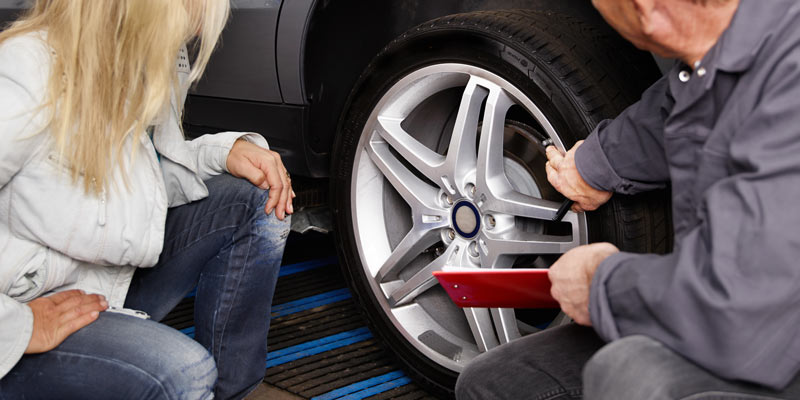
When asked about TPMS at the counter, teach your service advisor these three things to answer customers’ questions about the ‘why’ behind TPMS.
No successful tire dealer can survive without top-notch marketing, whether it is community outreach, media relations, traditional advertising, digital promotion, social media or other unique activities.
TPMS has great potential for driving profits and sales if approached correctly at the counter. Training your service advisor is an extremely important, yet often forgotten, key to selling services, especially when it comes to TPMS. Your service advisor should know every single “why” behind “what” you are selling to your customer.
What You Are Selling: TPMS Sensors
Why should they buy it? A fully functioning TPMS system gives your customers peace of mind. They know they will be alerted if they are riding on a dangerously low tire and are optimizing their handling and braking capabilities, increasing their safety, as well as the safety of their passengers. They will save money by extending the life of their tires and making their vehicle more fuel-efficient. They are becoming an outstanding citizen by taking a positive step in helping release fewer emissions into the atmosphere. The sensors themselves are installed on the production line and have an average battery life of five to 10 years. Once that battery dies, it cannot be replaced, and, therefore, a new sensor needs to be installed for the driver to reap all of the benefits of the TPMS system that they already invested in when they bought the vehicle.
What You Are Selling: TPMS Service Kits
Why should they buy it? Any time a tire is removed from the wheel, it can cause damage to the sealing components of the sensor. In addition, constant exposure to atmospheric elements, such as salt and road grime, can cause galvanic corrosion around the stem. These symptoms can cause small air leaks. By replacing the mechanical parts of the stem at a very low cost to the customer, you are ensuring that the tire is going to hold air when it leaves your facility. Also, keep in mind that some OER (replacement) sensors have the valve stem permanently attached to the sensor body and cannot be replaced. By ensuring your customers have a fresh service kit, the stem is kept in good condition so they won’t need to replace a sensor down the road due to a broken, corroded stem.
What You Are Selling: A TPMS Relearn Procedure
Why should they buy it? Most TPMS services require a special TPMS scan tool to complete the service, and a relearn is required when introducing a new sensor to the vehicle. You made the investment for these tools so that you can perform these services. A typical driver is quite simply unable to do it without the required tools, and they need your services so that the system can accurately read the tire pressures. If the customer understands that there are special tools needed, they will be much more open to paying for the extra time it takes you to do a relearn specifically for their TPMS service.
An ill-informed service advisor will cost you way more in the end than training ever will. If you don’t have any training available in your area, ask your supplier if they offer any service advisor training materials and take advantage of using them. Your service advisor is your front line and first impression to a customer. Make sure they are prepared and set up for success.
Written by Jacki Lutz for "Tire Review", published April 23, 2019


